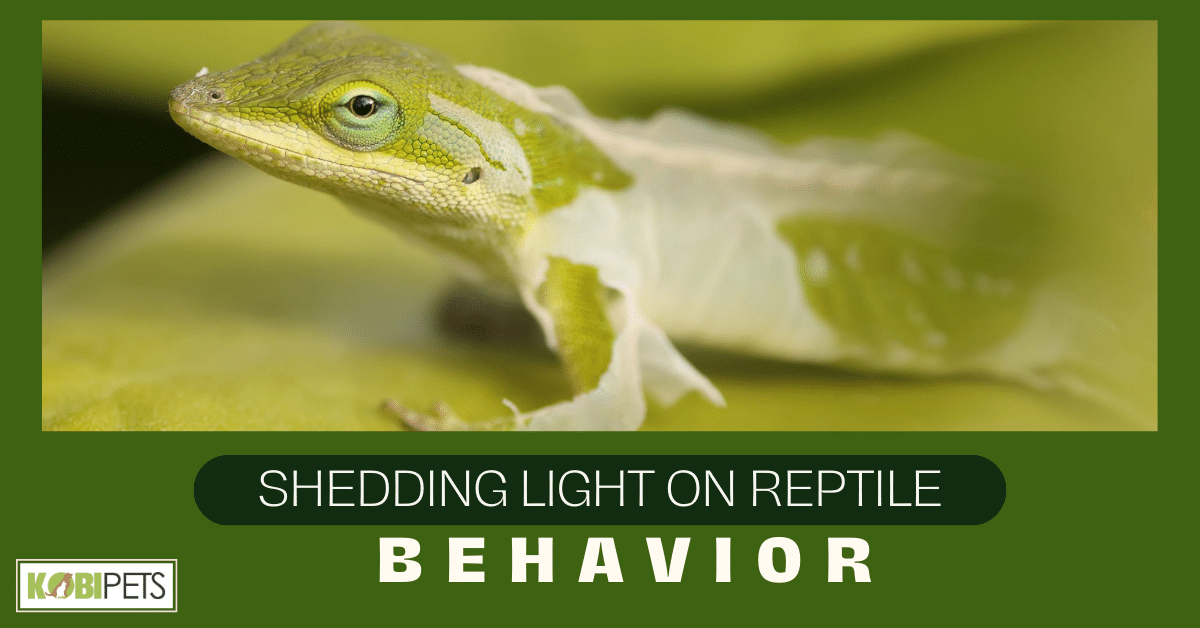
Reptile behavior is a fascinating and often misunderstood aspect of these ancient creatures. From the sunbathing tendencies of cold-blooded reptiles like turtles and snakes to the intricate courtship rituals of lizards, shedding light on their behavior unveils a world of unique adaptations and survival strategies. Exploring their responses to environmental cues and social interactions offers valuable insights into the lives of these remarkable animals.
Reptile behavior, a source of fascination and mystery, plays a pivotal role in our understanding of these ancient creatures. Its significance extends beyond curiosity, as comprehending reptile behavior is vital for conserving these remarkable species and maintaining the ecological harmony they influence.
Cold-Blooded Wonders
Reptiles, often referred to as “cold-blooded” creatures, have a unique way of regulating their body temperature. Unlike warm-blooded mammals, reptiles do not possess internal temperature control mechanisms. Instead, they rely on external heat sources to warm up and cool down. This reliance on environmental temperatures significantly influences their behavior.
For instance, on cooler days, reptiles may be less active as their metabolism slows down, conserving energy. In contrast, when the sun is shining, they become more active, seeking out sunny spots to bask and raise their body temperature. This thermoregulation behavior is not only critical for their physiological functions but also affects their daily routines, including hunting, mating, and even social interactions.
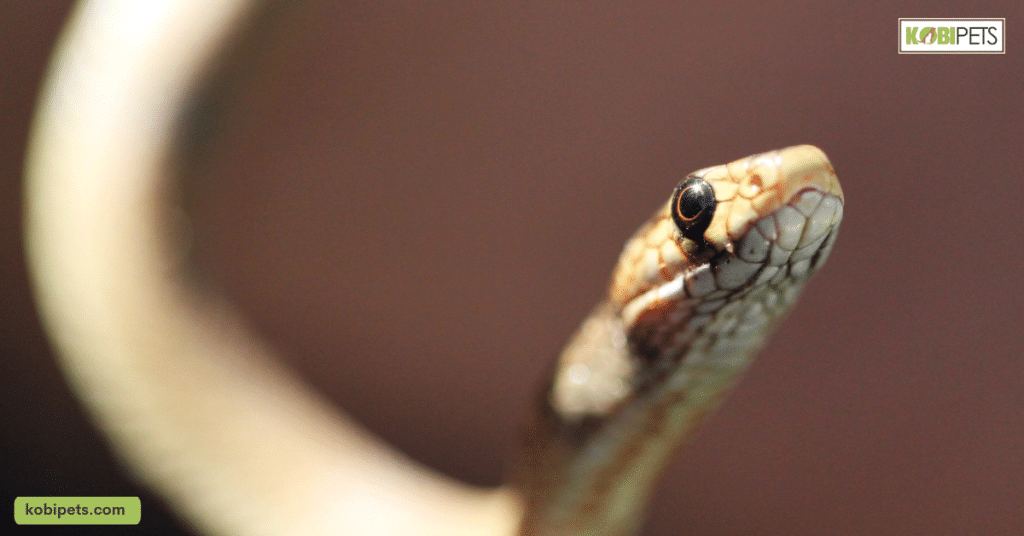
Sun-Worshippers: Basking Behavior
Basking behavior in reptiles, such as turtles and snakes, is a remarkable adaptation that plays a crucial role in their lives. When you observe a turtle perched on a log or a snake stretched out on a rock, they are engaging in this behavior. Basking serves two primary purposes for these reptiles.
Firstly, it aids in thermoregulation. As cold-blooded animals, reptiles cannot internally regulate their body temperature, so they rely on external heat sources like the sun to warm themselves up. By absorbing solar energy, they raise their body temperature, which, in turn, increases their metabolic rate, allowing for more efficient digestion and activity.
Secondly, basking also helps in energy acquisition. The increased metabolic rate during basking allows them to process food more efficiently. So, this sun-worshipping behavior not only helps them maintain optimal body temperatures but also ensures they have the energy required for other essential activities like hunting, escaping predators, and reproduction.
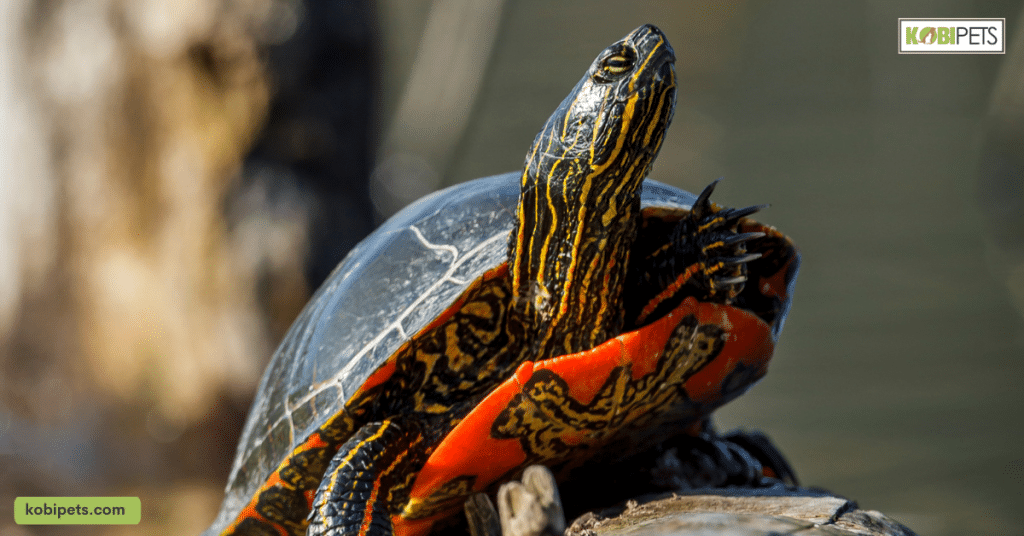
Hunters and Foragers: Feeding Habits
Reptiles employ a diverse range of feeding strategies that have evolved over millions of years to suit their ecological niches. From the ambush hunting tactics of snakes to the patient stalking of crocodilians, these creatures have developed specialized behaviors that maximize their chances of capturing prey. Some reptiles, like pythons, rely on constriction, while others, such as monitor lizards, use their strong jaws and sharp teeth for capturing and consuming prey.
The choice of prey and hunting techniques are closely intertwined with their behavior. For instance, the solitary nature of many snake species aligns with their ambush hunting style, allowing them to remain hidden and strike with precision when an opportunity arises. In contrast, some social reptiles, like the Nile crocodile, engage in cooperative hunting, demonstrating complex behaviors and communication among group members.
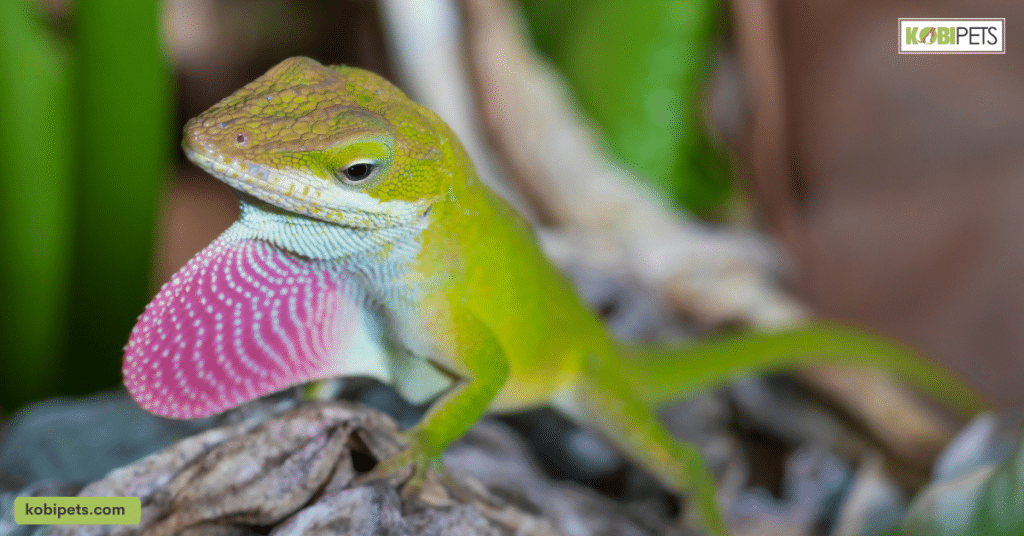
Social Structures and Solitude: Social Behavior
Reptiles, often regarded as solitary and elusive creatures, exhibit a diverse range of social behaviors that are frequently underestimated. In this discussion on reptile behavior, we will delve into their social structures and tendencies toward solitude. By examining the intriguing spectrum of their social behaviors, we will gain valuable insights into how these creatures manage their interactions within their distinct ecosystems.
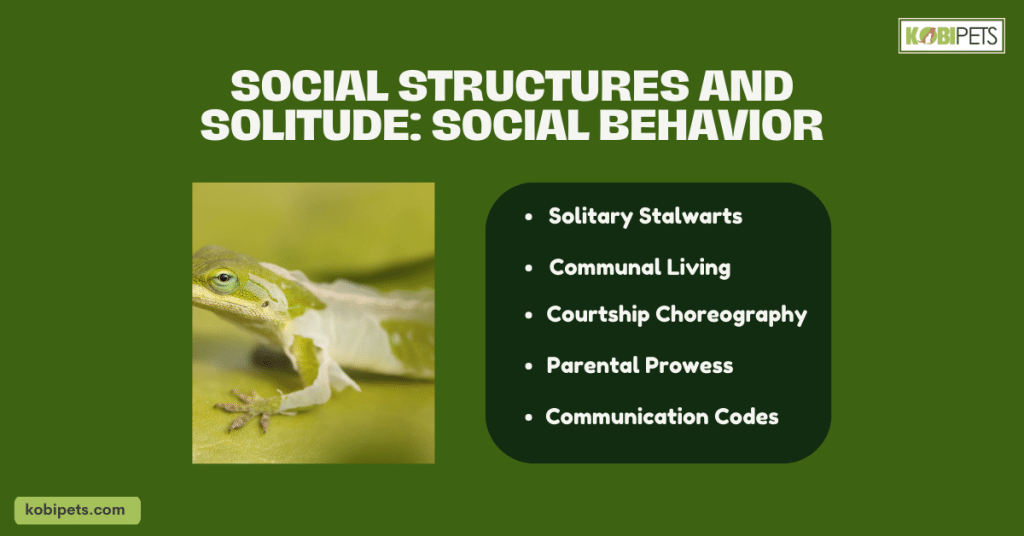
Social Structures and Solitude: Social Behavior
- Solitary Stalwarts: Some reptile species, like the reticulated python, are known for their solitary lifestyles. Explore the reasons behind their choice of solitude and how it affects their behavior and survival.
- Communal Living: On the other end of the spectrum, certain reptiles, such as the American alligator, exhibit communal behavior. Discover how these reptilian communities are formed, their social hierarchies, and how living in groups benefits their survival.
- Courtship Choreography: Uncover the intricate courtship rituals of reptiles, such as the vivid displays of male anole lizards during mating season. Delve into the role of these rituals in mate selection and reproduction.
- Parental Prowess: Contrary to popular belief, some reptiles display remarkable parental care. Investigate the nurturing behaviors of reptile parents, like crocodiles guarding their nests, and the advantages this provides to their offspring.
- Communication Codes: Though not as vocal as birds or mammals, reptiles communicate in their own ways. Explore the subtle visual and chemical signals they employ to convey information within their social groups.
The social behaviors of reptiles, encompassing both solitary and communal tendencies, provide a fascinating glimpse into the spectrum of behaviors found in the animal kingdom. By shedding light on their social structures and interactions, we enhance our understanding of these enigmatic creatures and underscore the importance of preserving their habitats and ecosystems to ensure the continuation of these remarkable behaviors.
Environmental Clues: Responding to Their World
Reptiles, the ancient denizens of our planet, have honed their survival strategies over millions of years. A significant aspect of their success lies in their remarkable ability to respond to environmental cues. In this exploration, we delve into the world of reptile behavior, where their senses and instincts guide them in navigating a world filled with challenges.
Sensing the Seasons
Reptiles are astute observers of the changing seasons. Some, like turtles and certain snake species, have perfected the art of sensing temperature fluctuations and photoperiod changes. This finely tuned sensitivity allows them to synchronize crucial activities with the seasons.
For instance, they time their hibernation periods to coincide with the onset of colder weather, conserving energy when food is scarce. Similarly, reptiles can gauge the ideal time for migration and reproduction, ensuring the survival of their species.
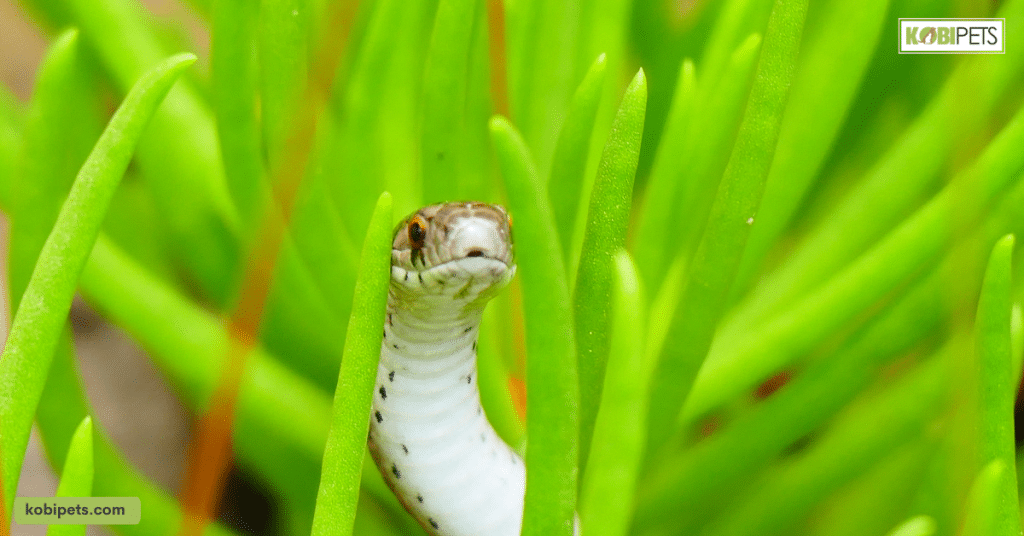
Visionaries of Survival
While reptiles may not possess the keen eyesight of birds of prey, they have evolved visual acuity tailored to their needs. Diurnal reptiles, like many lizards, boast sharp color vision, which they use for hunting, locating potential mates, and navigating their territories.
In contrast, nocturnal reptiles, such as some geckos, have adapted to low-light conditions with specialized retinas designed to capture dim light. These remarkable visual adaptations enable reptiles to thrive in diverse environments and fulfill their roles in various ecosystems.
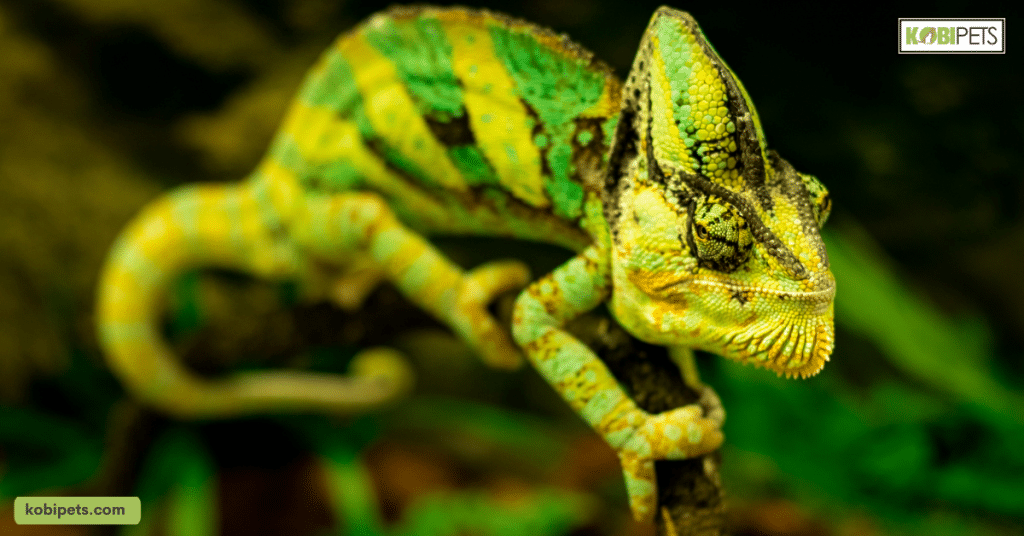
Scent Trails and Survival
Reptiles possess a heightened sense of smell that plays a pivotal role in their survival. Snakes, for example, use their forked tongues to sample the environment, collecting scent particles that help them track prey and avoid predators.
Lizards, on the other hand, rely on their olfactory abilities to communicate with potential mates and assess their surroundings. The ability to detect chemical cues allows reptiles to find food, detect danger, and locate mates with impressive accuracy, contributing to their success in a competitive world.
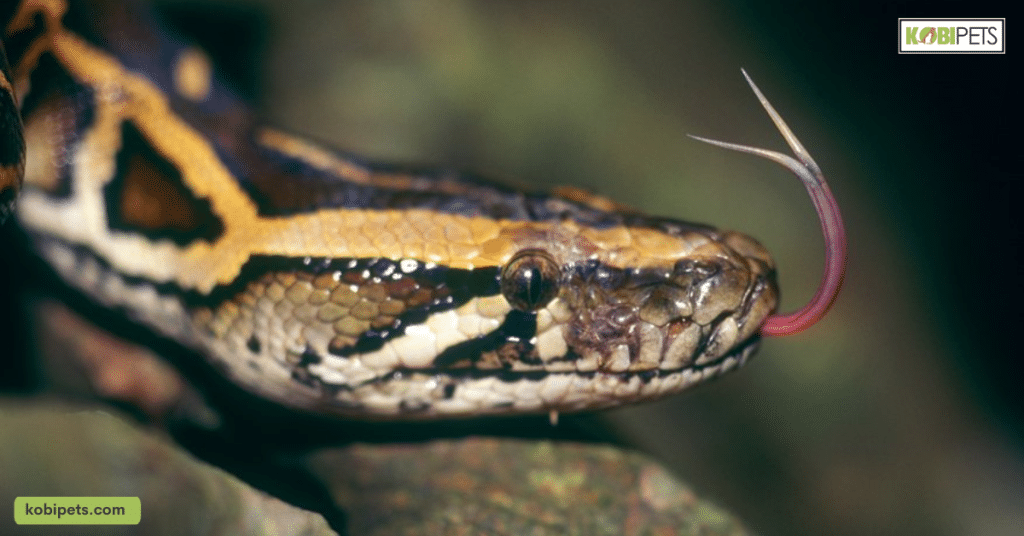
Sound Signals
While reptiles are not typically known for their vocalizations like birds or mammals, some species do produce sounds for communication and defense. For instance, certain species of geckos produce clicking sounds to establish territory boundaries or attract mates. Additionally, the hissing of snakes and the rattling of rattlesnakes serve as warnings of potential threats. Reptiles may not have a wide range of vocalizations, but the sounds they make play crucial roles in their survival and social interactions, highlighting the adaptability of their behavior.
Reptiles may not possess the sensory arsenal of mammals or birds, yet their ability to respond to environmental cues is a testament to their resilience and adaptability. Their sensory perception, finely tuned to the world around them, allows them to thrive in a variety of habitats and climates.
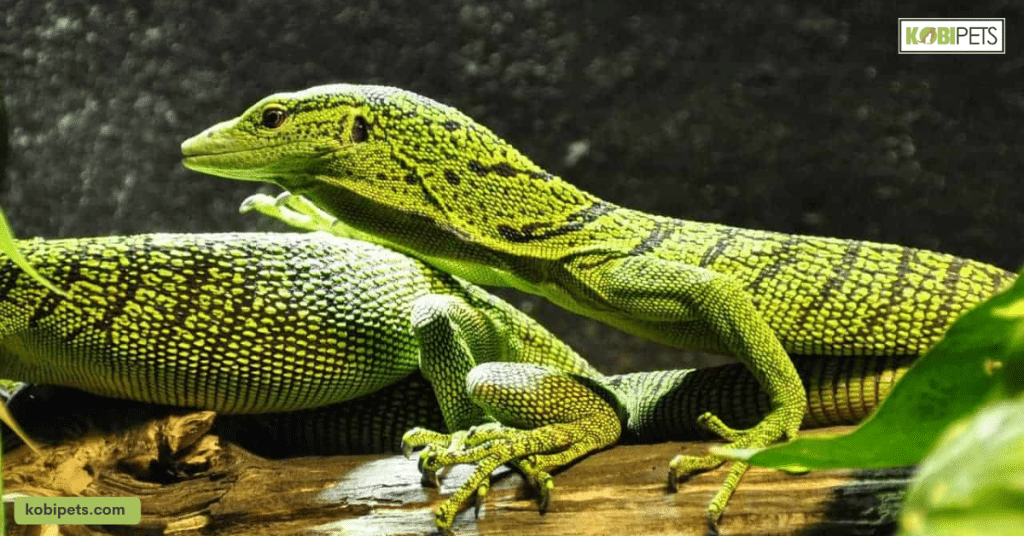
In Conclusion
The remarkable ability of reptiles to respond to environmental cues underscores their resilience and adaptability. This exploration into their behavior has revealed a world where sensory perception and instincts guide their every move. Whether it’s sensing the changing seasons, utilizing their unique vision, following scent trails, or even producing subtle sounds, reptiles have honed their survival strategies over millions of years. By unraveling the intricate ways in which they interact with their surroundings, we gain a deeper appreciation for the complex and ancient world of reptile behavior.






